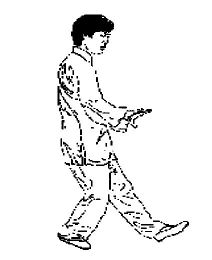 The benefit depends on the therapist, according to this study from the UMDNJ-Robert Wood Johnson Medical School in Piscataway, New Jersey.
The benefit depends on the therapist, according to this study from the UMDNJ-Robert Wood Johnson Medical School in Piscataway, New Jersey.
First, the details.
- 112 adults with knee osteoarthritis were randomly assigned to external qigong therapy or sham treatment (control).
- 2 therapists performed external qigong therapy individually for 5 to 6 sessions in 3 weeks.
- The results achieved by the 2 healers were analyzed separately.
- A sham healer mimicked external qigong therapy for the same number of sessions and duration.
- Patients and examining physician were unaware of the treatment given — double-blinded.
And, the results.
- Both qigong therapy groups reported a significant reduction in pain and improved function based on the Western Ontario MacMaster (WOMAC) scores.
- Patients treated by healer 2 reported a significantly greater reduction in pain and more improvement in functionality than those in sham qigong therapy (control) group.
- They also had a reduction in negative mood but not in anxiety or depression.
- Patients treated by healer 1 experienced improvement similar to the sham control group.
- The results of therapy persisted for 3 months in all groups.
The bottom line?
Movement benefits people with osteoarthritis of the knee. But getting the most from qigong depends — to a significant degree — on finding the best therapist.
8/27/08 09:29 JR